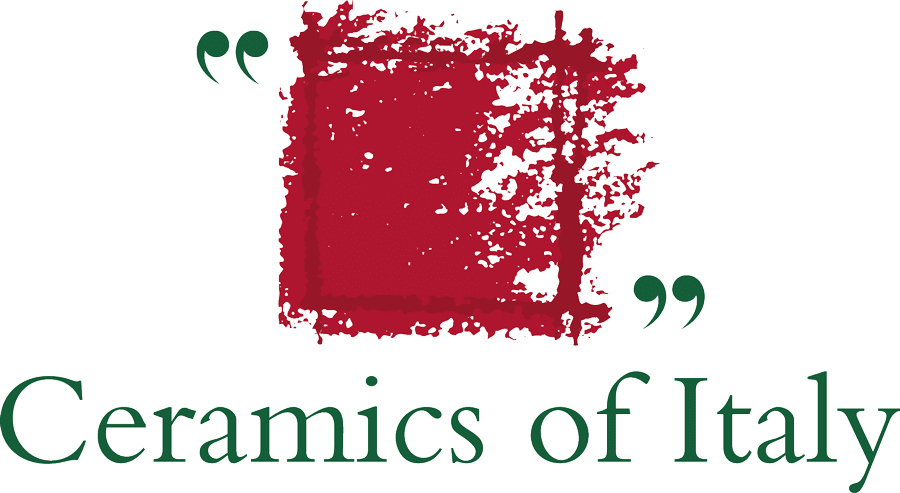Ceramic sanitaryware has always been closely bound up with Italian culture. At the court of the Medici in Florence, personal hygiene was so important that the coronation of Catherine De’ Medici as queen of France led to the introduction of the bidet in her adopted country, albeit for a limited period of time.
In keeping with this tradition, Italy is today one of the world’s most important producers of ceramic sanitaryware, led by companies located in the Civita Castellana area and elsewhere in the country whose products are renowned for their quality, design and high performance, not to mention continuous improvements in terms of technological innovation, efficiency and sustainability of the production processes.
While improvements in the production cycle have succeeded in minimising levels of consumption, environmental pollution and waste, continuous research into sanitaryware production has led to the development of special glazes that inhibit the growth of mould and facilitate everyday cleaning and hygiene.
Alongside increasingly efficient and sustainable production processes that reuse heat from kilns in the drying process and recycle 100% of defective pieces and old plaster moulds, all WCs now use smaller quantities of water for flushing. They fall into the highest performance category of the voluntary Water Ecolabel system, a European scheme that classifies WCs according to the quantity of water required for flushing: from 13 litres in the case of the least efficient (many of which are still in use) to 6 litres in the case of top-performing products.
It is worth noting that the important link between WCs and buildings is always underestimated, given that the efficiency of a building is directly dependent on that of its WCs. For example, replacing all the 13-litre flush WCs in a 50-apartment building with WCs in the 6 litre class would bring savings of 547,000 litres of water each year, benefiting both the wallet and the environment! Just think that 547,000 litres corresponds to 118 km of 1.5 litre plastic bottles stacked one on top of the other – 13 times the height of Mount Everest!



 Public
Public

